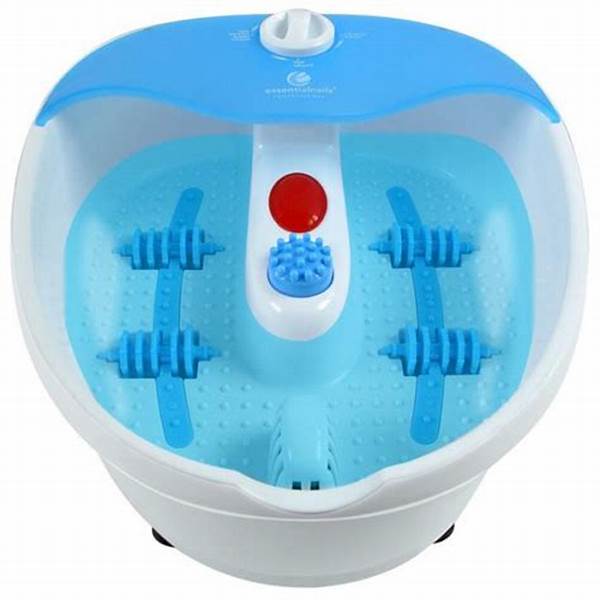In the realm of self-care, few experiences rival the indulgence and relaxation of a pedicure spa bath. Beyond the pampering and aesthetic benefits, there’s an intricate science behind creating the perfect environment for rejuvenating tired feet. From water temperature to added ingredients, every element plays a crucial role in enhancing both physical and mental well-being.
Temperature Regulation: Finding the Sweet Spot
One of the fundamental aspects of a pedicure spa bath is water temperature. The perfect balance lies in achieving warmth that soothes muscles without causing discomfort. Research suggests that water temperatures between 92°F to 100°F (33°C to 38°C) are optimal for promoting relaxation and increasing blood flow. This temperature range helps to dilate blood vessels, improving circulation and reducing muscle tension.
Hydrotherapy: Healing Through Water
Hydrotherapy, the therapeutic use of water, is central to the pedicure spa experience. Beyond mere relaxation, the pressure and movement of water provide a range of benefits. Agitation caused by water jets stimulates nerve pedicure spa bath in the feet, releasing endorphins and reducing stress. Additionally, hydrotherapy can alleviate pain by reducing inflammation and promoting the release of toxins from tissues.
Salt Soaks: Enhancing Healing and Relaxation
The addition of salts to a pedicure bath is a time-honored practice that goes beyond mere aesthetics. Epsom salt, a common ingredient, is rich in magnesium sulfate, which is absorbed through the skin during soaking. Magnesium plays a vital role in muscle function, nerve transmission, and overall relaxation. Meanwhile, the exfoliating properties of salt help to remove dead skin cells, leaving feet softer and smoother.
Essential Oils: Aromatherapy for Mind and Body
Aromatherapy, the use of essential oils derived from plants, is another integral component of the pedicure spa experience. Different oils offer various therapeutic benefits, from calming the mind to soothing sore muscles. Lavender, renowned for its relaxing properties, can help reduce stress and promote sleep. Peppermint oil provides a refreshing sensation and can relieve muscle pain and inflammation. When added to the bath, these oils vaporize, allowing their aromatic molecules to be inhaled and absorbed through the skin, providing both physical and psychological benefits.
Massage Techniques: Stimulating Circulation and Relaxation
The gentle massage provided during a pedicure not only feels indulgent but also serves a therapeutic purpose. Massage stimulates circulation, helping to deliver oxygen and nutrients to tissues while removing metabolic waste products. Techniques such as kneading and tapping can alleviate tension in muscles and promote relaxation. Additionally, massage stimulates the release of endorphins, neurotransmitters that act as natural painkillers and mood enhancers.
Moisturizing and Nourishing: Restoring Skin Health
After the pedicure bath, moisturizing is essential to lock in hydration and prevent dryness. Lotions or creams containing ingredients like shea butter, glycerin, or vitamin E can nourish the skin, leaving it soft and supple. Massaging these products into the feet also helps improve circulation and enhances the overall relaxation experience.
Conclusion: The Art and Science of Self-Care
While a pedicure spa bath may seem like a simple luxury, its benefits extend far beyond mere aesthetics. Through the precise control of temperature, the therapeutic use of water, and the addition of ingredients like salts and essential oils, the pedicure spa experience offers a holistic approach to self-care. By understanding the science behind each element, we can maximize the benefits, promoting not only physical relaxation but also mental rejuvenation. So the next time you indulge in a pedicure spa bath, remember that it’s not just a treat for your feet—it’s a scientifically-backed journey to wellness and relaxation.
Top of Form



